Steamをインストール
ログイン
|
言語
简体中文(簡体字中国語)
繁體中文(繁体字中国語)
한국어 (韓国語)
ไทย (タイ語)
български (ブルガリア語)
Čeština(チェコ語)
Dansk (デンマーク語)
Deutsch (ドイツ語)
English (英語)
Español - España (スペイン語 - スペイン)
Español - Latinoamérica (スペイン語 - ラテンアメリカ)
Ελληνικά (ギリシャ語)
Français (フランス語)
Italiano (イタリア語)
Bahasa Indonesia(インドネシア語)
Magyar(ハンガリー語)
Nederlands (オランダ語)
Norsk (ノルウェー語)
Polski (ポーランド語)
Português(ポルトガル語-ポルトガル)
Português - Brasil (ポルトガル語 - ブラジル)
Română(ルーマニア語)
Русский (ロシア語)
Suomi (フィンランド語)
Svenska (スウェーデン語)
Türkçe (トルコ語)
Tiếng Việt (ベトナム語)
Українська (ウクライナ語)
翻訳の問題を報告
























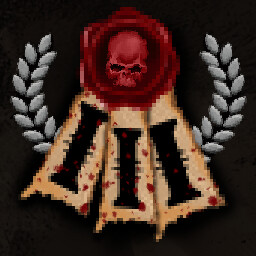

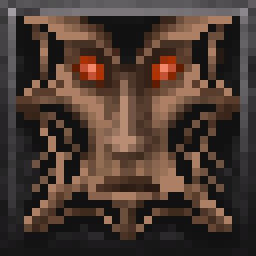
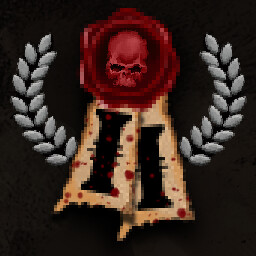






























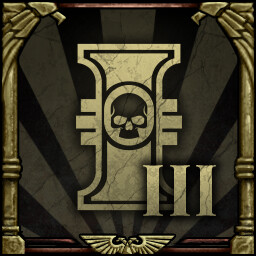
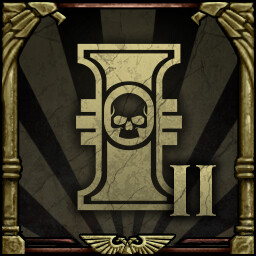


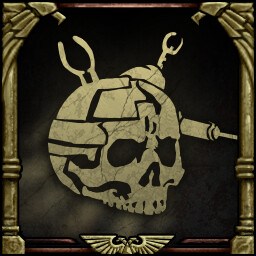

History
As the early days of "hardcore techno" or just "hardcore" began to settle in Europe, breakcore as a genre began to take more concrete forms in other parts of the world. Inspired by new labels such as Addict, from Milwaukee, US; Peace Off from Rennes, France; Sonic Belligeranza from Bologna, Italy; and Planet Mu, from London, it began to take a new shape, adding in more elements of mashup and IDM[6] to the hardcore sounds. Each of these labels began to draw in aspects of their own social and aesthetic scenes into their music, allowing for an even broader definition of what was possible in the music.
In Europe, the breakcore genre was solidified by raves and club events such as Belgium's Breakcore Gives Me Wood
Uh, let's see, first there's an introductory greeting from the company that I'm supposed to read. Uh, it's kind of a legal thing, you know. Um, "Welcome to Freddy Fazbear's Pizza. A magical place for kids and grown-ups alike, where fantasy and fun come to life. Fazbear Entertainment is not responsible for damage to property or person. Upon discovering that damage or death has occurred, a missing person report will be filed within 90 days, or as soon property and premises have been thoroughly cleaned and bleached, and the carpets have been replaced."